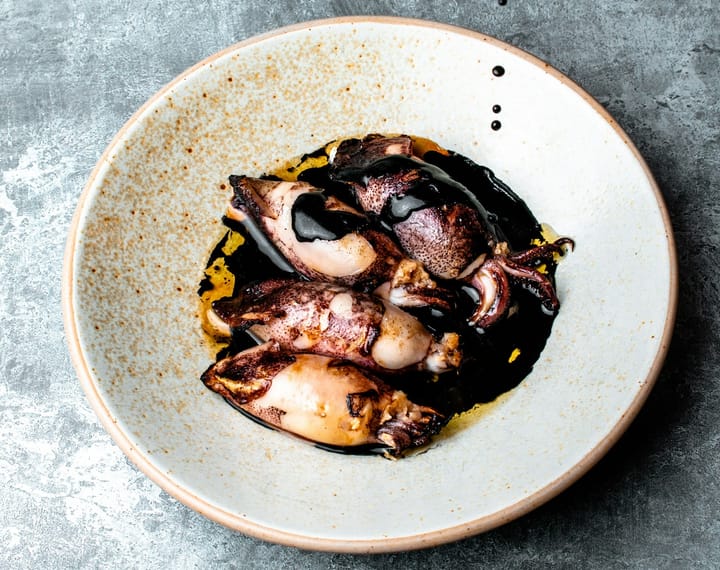
Exploring the Bitter-to-Sweet Spectrum of Durian Flavors
Durian offers an extraordinary flavor spectrum from bitter to sweet. With hundreds of cultivars and over 200 volatile compounds creating complex profiles, this polarizing fruit rewards adventurous eaters with depth beyond its infamous aroma.






